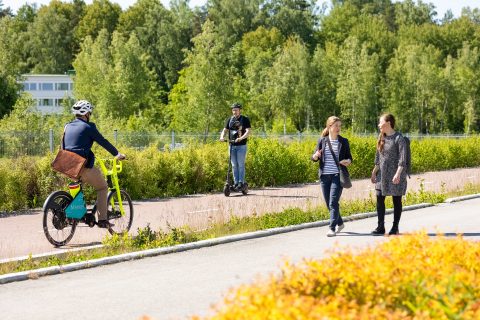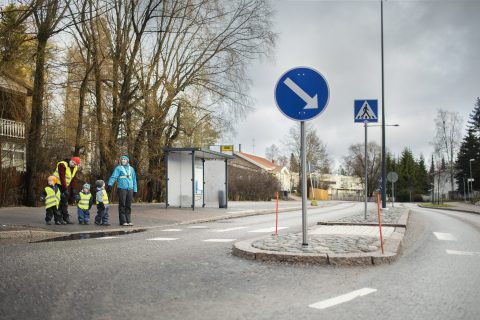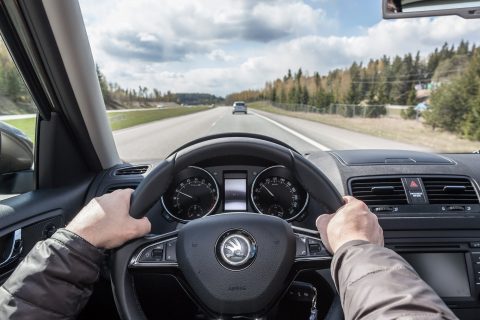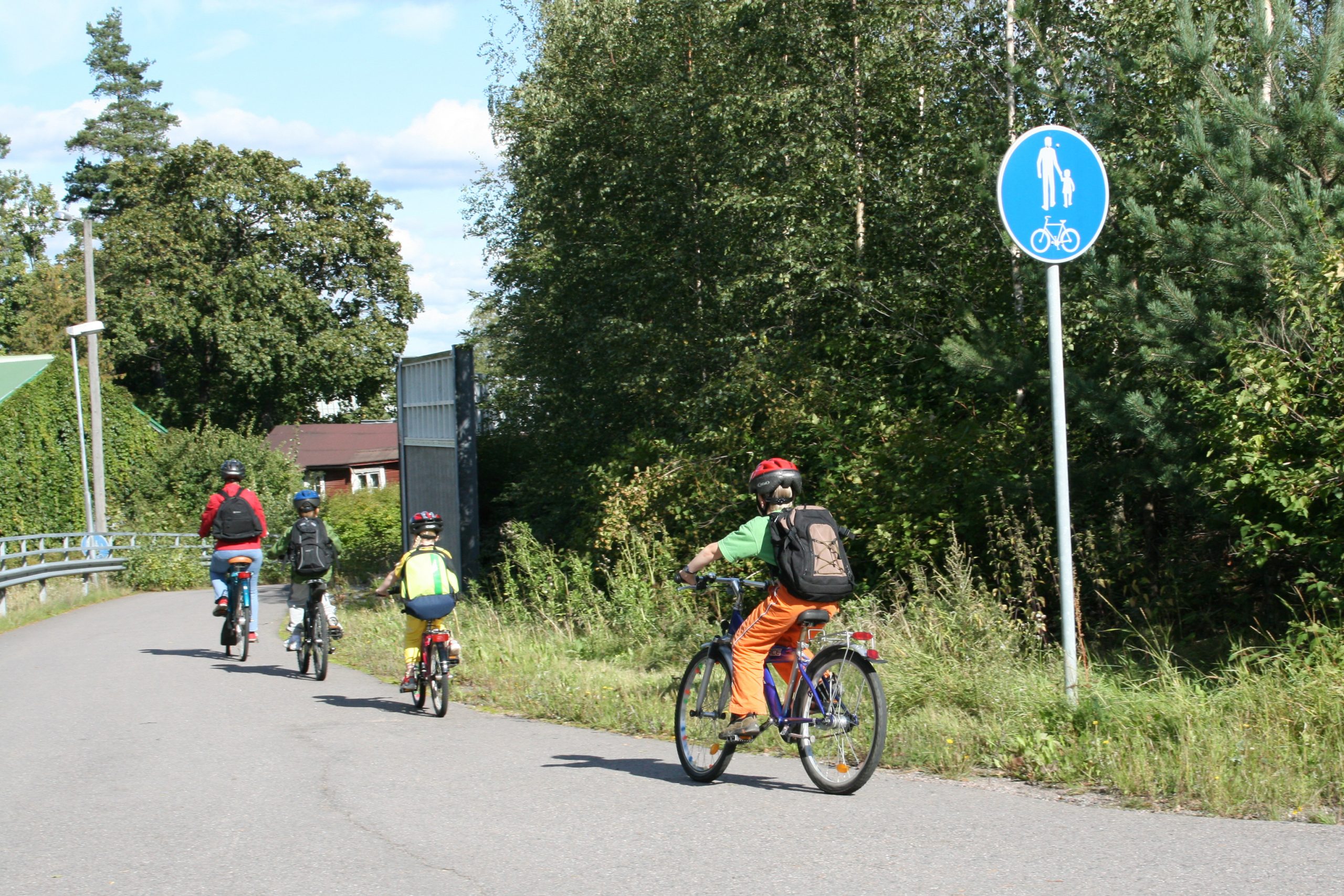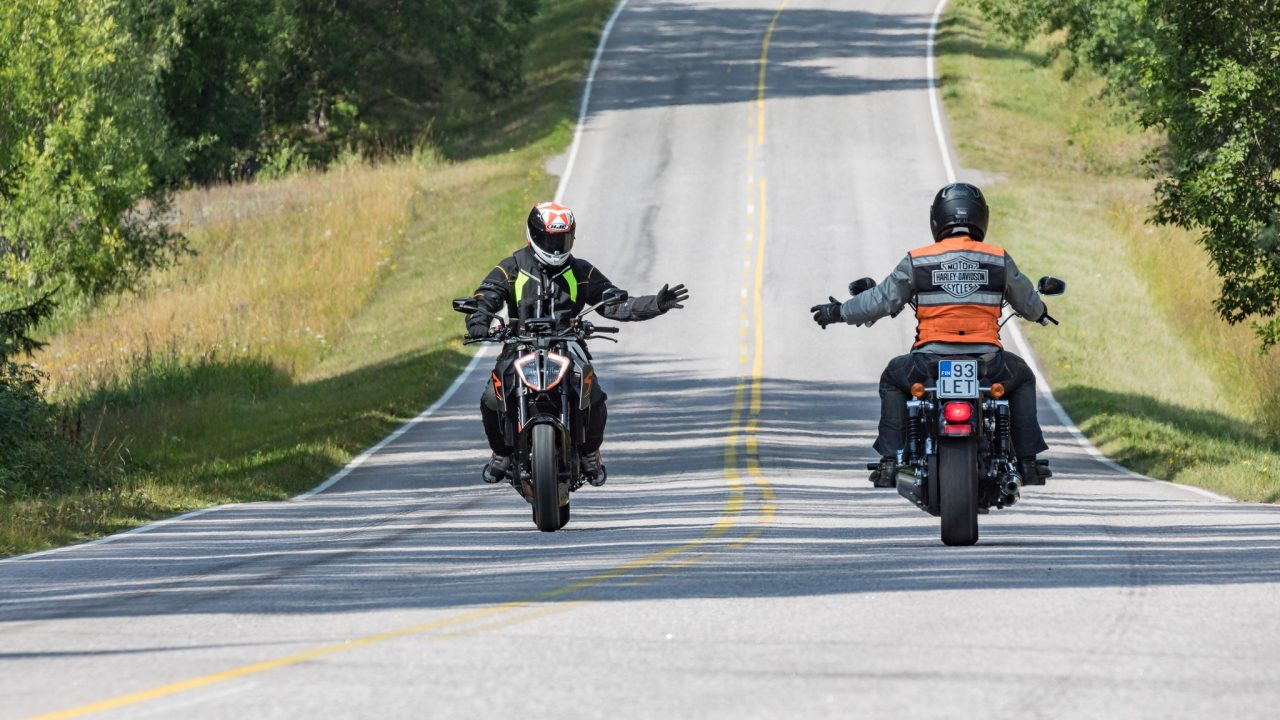
Riding safely on a motorcycle
Motorcycling safety is improved when motorcyclists adapt their speed to the conditions and take other traffic into account. In addition, the right driving gear and learning how to control the motorcycle increase safety.
Start of the motorcycling season
After a long winter, a review of driving technique is in order in spring. The basics can be practised independently before starting the driving season or by participating in motorists’ reminder courses organised by the Finnish Road Safety Council Liikenneturva’s MPEAK trainers.
In addition to the training, the condition of the motorcycle must be verified before the start of the driving season, particularly the condition of the brakes and the tread surface of the tyres. Early in the season, it is also good to be aware that after cool evenings, freezing mornings or long driving, drivers who are stiff with the cold have a slower response speed without their even noticing it.
Motorcycle driving speed
Vehicle speed affects:
- Making observations
- evaluations
- available operating times
- possibilities for motorcycle control
- stopping
- impact forces and
- the severity of the consequences of a potential accident.
Motorist’s two rules of thumb for choosing the correct safety distance
- In urban areas, the distance in metres shall be at least half of the speed used, approximately two seconds.
- The distance on the road shall be the same in metres as the vehicle speed, for approximately four seconds.
Vision and visibility
Vision and visibility are important for motorists, as the motorcycle is difficult to detect in traffic. Above all, you can increase your own visibility by choosing the right speed, keeping a sufficient distance from others and staying on a sensible road line, i.e. by placing yourself in the driving lane.
A visible motorist always uses low beam headlights, wears white or coloured driving gear and avoids blind spots.
Anticipation on a motorcycle
1. Avoid hazardous situations
- Proactive driving on a motorcycle means identifying traffic risks and taking action to prevent dangerous situations. Anticipation also includes our own activities, which are easily predictable for others.
- Avoiding hazards is the most important of our means of survival, as it is difficult to control a motorcycle in an emergency. In an accident, motorcyclists have the same protection as drivers.
2. Do the right thing in a dangerous situation
- When a dangerous situation occurs, the worst mistakes have already been made. The accident can be avoided by emergency action, such as braking or dodging. These skills should be practised, but there is still a significant risk of failure. There is little time and space.
3. Mitigate the consequences of the accident
- In an accident, safety devices such as a proper helmet and driving gear play a major role. There is no more time and space.
Personal injuries to motorcyclists in road traffic
The number of personal injuries to motorcyclists has almost halved during the last ten years. Over the past three years, an average of 23 motorcyclists have died and 350 have been injured per year.
Controlling and stopping the motorcycle requires specific skills that must be thoroughly learned. The driver must control both themselves and the motorcycle. Accidents are often caused by errors in self-control and choice of motorcycle.
Motorcycle accidents are often caused by errors
- in self-control and speed adjustment
- in interaction
- in motorcycle selection: too large a motorcycle for the driver’s judgement and skills has been acquired.
